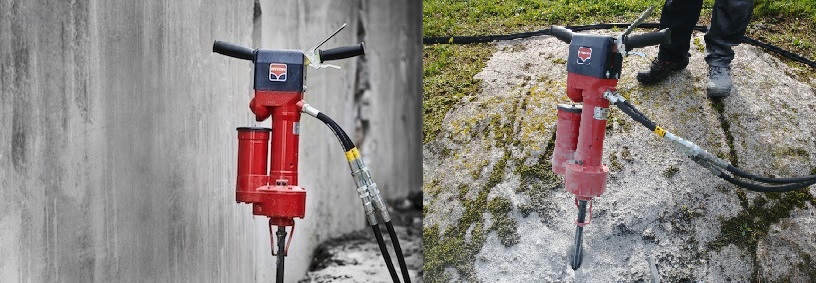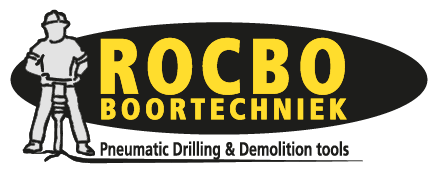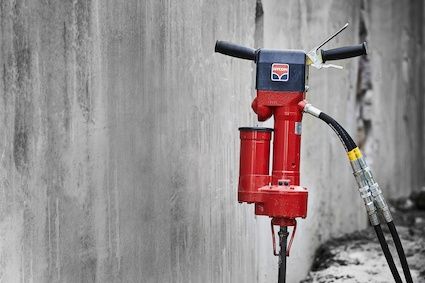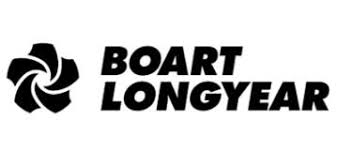
“Hycon beats pneumatic rock drills with high performing hydraulic alternative“
After two years of intensive research and development, Hycon is set to introduce its new HRD 30 rock drill solution to bauma 2019 visitors.
The hydraulically powered, highly portable drill presents a compelling alternative to cumbersome, air powered equipment.
The next generation of rock drills
The construction industry has used pneumatic, hand held rock drill hammers for decades, despite the difficulties of towing or even airlifting heavy air compressors to every new job. Now, Hycon’s new, portable, hydraulically powered HRD 30 rock drill offers features and benefits that threaten to turn its air powered rivals into the dinosaurs of heavy drilling. The new drill offers greater precision, better performance and power, lower emissions and a compact power kit for ease of transportation. “Conventional rock drills require large and heavy compressors to operate them. These compressors can only be towed, so if you also need to take an excavator to the worksite, you’ll most likely need to make two trips,” says Hycon chief executive, Martin Møller. “Using hydraulics, you can transport a compact power pack in the truck, or even use the excavator’s own hydraulics to work the drill.”
Tough tests
A revolutionary rock drill needs to face the hardest of tests. Hycon imported a 12t block of black pearl granite from Larvik, Norway, to thoroughly test each prototype. Real world test units were also distributed to a number of customers, primarily in Sweden and Norway for granite drilling, and to Germany, Belgium and Holland to test concrete drilling. Testers reported more power and better performance when compared with conventional air drills. “People tell us that the new drill is more stable than typical pneumatic rock drills, which matters a lot when you may have to wrestle with the drill for hours at a time. That fact alone made it hard to get the prototypes back!” says Martin Møller.
Better holes
The HRD 30 is ideal for deep and large diameter anchoring holes as well as blast or splitting holes measuring between 25mm-50mm. It delivers more precise hole sizes, which is useful when working with non-explosive destruction solutions such as expanding smoke cartridges or an expanding cracking agent (Bentonamit). Martin Møller explained: “In Sweden, one of the testing contractors was able to create nicely rounded holes that were very straight and far closer to the desired tolerance than a pneumatic drill can achieve. If you’re putting in an anchor bolt for a power mast, for example, you really need that sort of accuracy.”
Weighing up the benefits
At first glance, the HRD 30 rock drill itself may seem more expensive than a traditional pneumatic rock drill. However, on closer inspection the total cost of kit for a pneumatic rock drill and compressor is higher than Hycons’s revolutionary new hydraulic solution. Given its remarkably easy portability as a ready to operate package, the new HRD 30 is particularly suited for utility roadworks such as traffic signage, barrier erection or gas detection. The low weight of the drill and power pack makes the HRD 30 the perfect solution when erecting power masts or antennas on mountaintops without having to airlift a heavy air compressor. Andreas Redebratt of Swedish company Powertools, was involved in user experience testing of the rock drill: “This hydraulic drill is more practical, efficient, economical and reliable than a pneumatic drill. It’s easier to service and safer to operate, too. So I believe it’s well worth the investment.”









